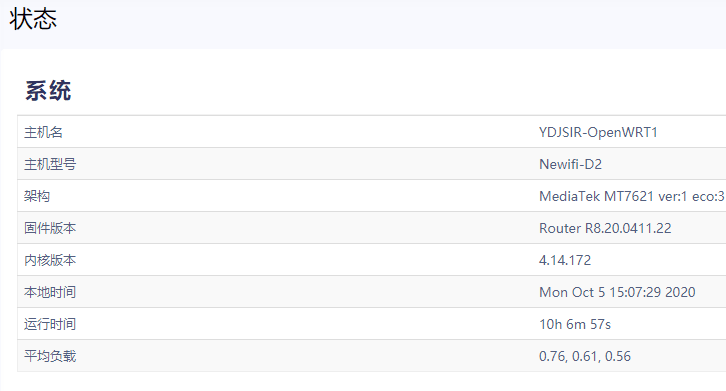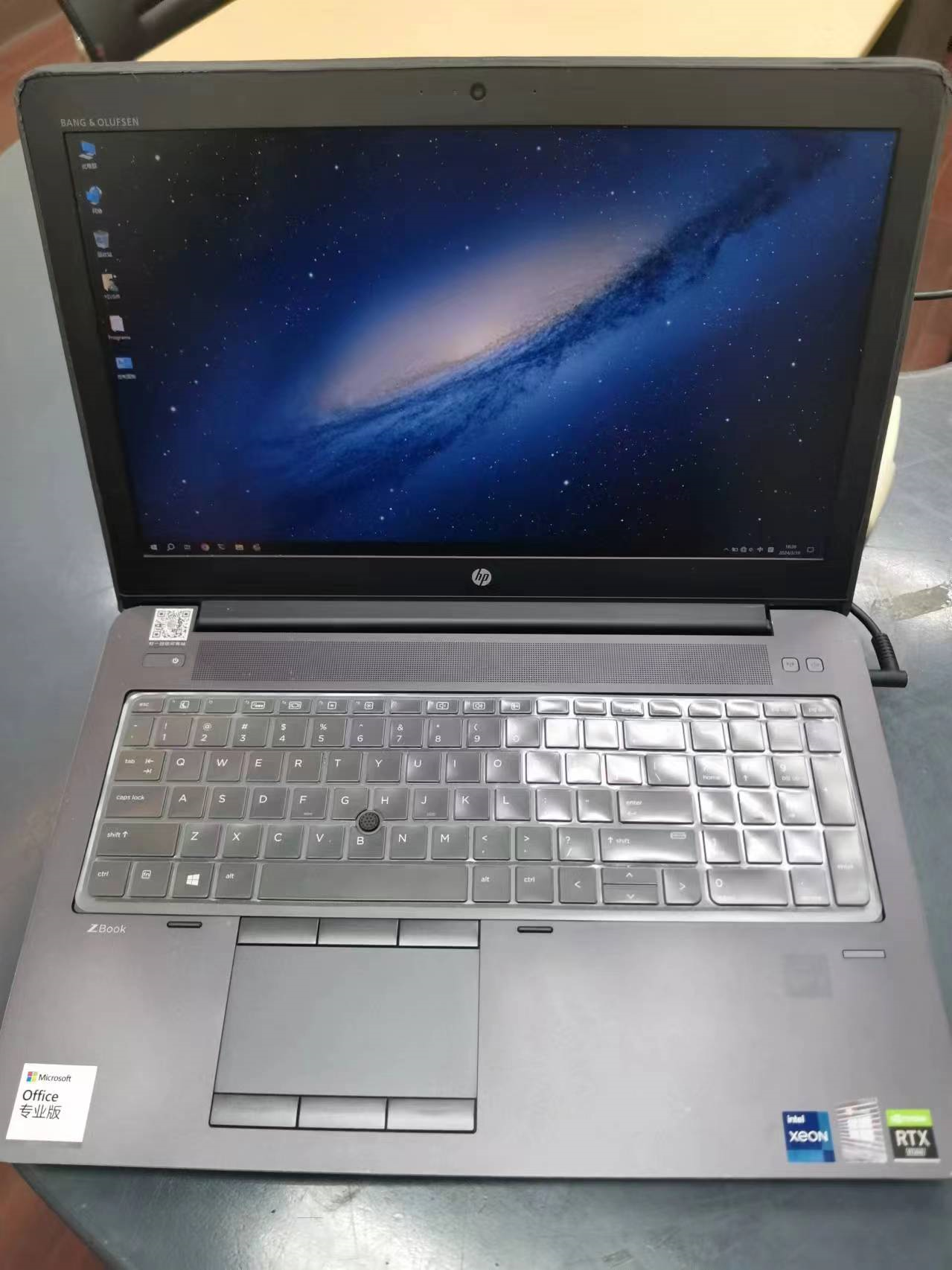Composed, Business-like, Quiet, and Powerful
Due to a penchant for collecting and experiencing new equipment, YDJSIR has acquired several second-hand mobile workstations. After all, new machines are beyond YDJSIR’s budget.
HP
HP ZBook 15 G3

Please ignore the sticker on the image. Clearly, YDJSIR applied it haphazardly. This model features an i7 6700HQ and M1000M.
When this machine first arrived, it was in a battle-worn orange color. The areas covered in stickers on the C side show significant damage.

The A side has been covered with cloth-based carbon fiber, 3M tape, and a black matte adhesive to smooth out the uneven surface. If it weren’t for this orange color, it certainly wouldn’t be sold so cheaply. This machine weighs nearly 3 kg, but the adapter isn’t very heavy (170W).


The ports on this machine are indeed much better than those on the Dell Precision M7510 and ThinkPad P50, but it lacks a roll cage; it’s essentially a gaming laptop with four memory slots. However, the build quality is definitely more solid, given its nearly 3 kg weight.

The above shows the teardown images. After removing the screws, the back cover can be taken off easily. All four memory slots are located on the back, which is very convenient and highly rated. YDJSIR ultimately installed four 4GB memory sticks. Surprisingly, the mechanical drive bay is held in place by friction, which is quite ridiculous. As long as it works, that’s what matters. YDJSIR also installed a WWAN card since it only cost around 30 to 40 RMB; it just feels wrong not to fill it up.
In terms of performance, the CPU can run at 40W under dual-load, but the GPU power consumption is unreadable. Yes, it is unreadable. It is said that installing drivers for this machine is extremely difficult. Windows defaults to driver version 529, while the version from the official website is 472, and it seems that Nvidia SMI was not even updated after installation. However, the maximum temperatures are still manageable: the GPU doesn’t exceed 60°C under dual-load, and the CPU stays below 75°C, which is sufficient. Even during single-load CPU testing, both fans don’t spin up fully…
Lastly, I must criticize HP’s drivers. It’s astonishing that a hotkey driver could turn out like this (with bizarre pop-ups and non-functional keys), and there’s no official solution available. Ultimately, I had to rely on the community to dig up older drivers. For resolving the hotkey issue, you can refer to this video for a solution (the Chinese solution is a bit chaotic, but it should be the source of all knowledge). However, in terms of interface, HP’s looks better than Dell’s.
https://www.youtube.com/watch?v=J6m-o-dYBjE
Unfortunately, the good times for this machine didn’t last long. It seems that the power supply system has some issues. If the battery is removed, the machine won’t power on even when an external power source is connected. Once the battery is in a depleted state, the machine will just flicker when the power is reconnected. YDJSIR tried to update the BIOS using a 330W OMEN adapter, but the machine failed to restart afterward. Now, the power indicator doesn’t light up at all. The original adapter was already damaged, practically on the verge of breaking. Investing more money into this clearly isn’t worthwhile, especially since YDJSIR has already transitioned to the Raspberry Pi era. So, this device will be sold off as a spare part for 288 RMB.
It seems YDJSIR’s relationship with professional workstations ends here. If I want to experience professional-grade graphics cards in the future, I’ll have to move to a desktop platform. Of course, I’m not referring to the three-digit model professional graphics cards, but rather those in the four-digit range (like x2000, x4000).
Dell
Dell Precision M7510

In 2023, YDJSIR received the Lenovo IdeaPad 14 (2020) as a gift for XPD. With an AMD Ryzen 4800HS and a GTX 1660 Ti, it sufficiently meets YDJSIR’s needs. This device can be borrowed or used personally in the future; in any case, it’s now YDJSIR’s own.
Although considered ancient, it actually falls into the fourth generation or higher category. After all, older instruction sets are not comprehensive enough, and it’s always better to buy new rather than old, plus it looks good. It’s likely either a sixth-generation ZBook 15 G3 or a fourth-generation ZBook 15 G2. Strictly speaking, this device isn’t low on performance, but since it’s not a primary machine, I’ll keep it here. If it were a DELL, the Precision M4800 or M6800 would be excellent choices. YDJSIR appreciates their appearance greatly. The M7510 is quite expensive for the sixth generation, at least more so than HP, which makes YDJSIR feel a bit pained. It seems that most of the sellers for these workstations are commercial vendors, with individual sellers being extremely rare. For newer machines, however, there are more individual sellers available. DDR4 is now quite affordable, making it completely acceptable to alleviate YDJSIR’s fears of insufficient memory (at least 32GB) and insufficient storage (at least 1TB).
After continuous searching, YDJSIR finally stumbled upon a remarkable M7510 for 1,000 RMB, including the power supply. It features an i5-6300H CPU, a Firepro W5170M (MXM version) GPU, 8GB of RAM (later upgraded to 8+8GB), and a 256GB SATA hard drive (later upgraded to a PM9A1 512GB + Seagate SSHD 750GB). After checking the serial number, it was found to be a U.S. model. The battery, rated at about 91Wh with around 80% durability, can easily handle 5-6 hours of light work without being plugged in, even with the integrated graphics disabled. YDJSIR later equipped it with a 240W power supply, even using a rice cooker cable.
In terms of expandability, this machine is clearly quite capable, especially since it has four memory slots, ensuring a decent baseline. Unfortunately, it is a bit dated, lacking a USB-C port and having only one M.2 slot, which is quite normal for its age. The screen can lay flat, which is indeed rare for Dell.
不得不说,戴尔的功率释放是真的保守,甚至在YDJSIR看来实在是保守过头了。这玩意双烤的时候CPU只有70℃,25W的性能释放,单烤也只有35W。(Dell Power Manager 疾速模式,插电)。这么大的两个风扇,这么好的出风口进风口,就这么点释放,难怪极为稳定。
众所周知,不把接口插满YDJSIR不心甘。于是YDJSIR买来个WWAN卡给它补了上去。联通反正是能用的。
反正XPD也就看看文档,跑跑简单的MATLAB代码,这机器也不是不能用,除了重量吓人之外没别的缺点。
Dell Precision 5540 (Dell XPS 7590)

I must say that Dell’s power release is indeed very conservative, and in YDJSIR’s view, it might even be overly cautious. During dual-load testing, the CPU only reaches 70°C with a 25W performance release, and even under single-load, it only pushes 35W (using Dell Power Manager’s performance mode while plugged in). With such large fans and excellent airflow design, it’s no wonder the system is extremely stable.
As is well-known, YDJSIR isn’t satisfied unless all the ports are filled. So, YDJSIR purchased a WWAN card to add to it, and it works just fine with China Unicom.
In any case, XPD is mainly used for checking documentation and running simple MATLAB code. This machine is still usable, and aside from its frightening weight, it has no other significant drawbacks.


YDJSIR upgraded this machine with 2x16GB memory sticks (which cost over 700 RMB at the time), a four-heat-pipe enhanced cooling system, and a 2TB Vanson solid-state drive. Now, during stress testing, the temperatures can be kept well under 80°C (with the CPU staying below 75°C under single-load). Unfortunately, the CPU’s power limit is only 50W, and the GPU (GTX 1650 Max-Q) also has a maximum of 50W during dual-load. Considering that the original adapter is only 130W, this setup is quite reasonable.
However, YDJSIR has noticed that thermal performance degrades very quickly. It could be due to the poor quality of the thermal paste used, or perhaps the modified cooler lacks the ability to keep the thermal paste from shifting. YDJSIR plans to replace the phase change material (PCM) and retest to see if that improves the situation.

The A side of the XPS version is clearly made from CNC aluminum alloy. YDJSIR believes that all electronic products should be black, so it wrapped the device in multiple layers of carbon fiber film. YDJSIR enjoys this texture, which also helps prevent static electricity during the winter.

YDJSIR directly replaced the D shell with one from the Dell Precision 5540. However, YDJSIR couldn’t bring themselves to spend money on the nameplate, so the area remains empty. But this isn’t a big deal; paying 50 yuan for a nameplate feels like a waste. Unfortunately, even though it’s the black version, the bezel is still silver. YDJSIR made additional holes in the D shell (which damaged the shielding adhesive) to improve cooling performance.

Anyway, for performance-intensive tasks, YDJSIR will definitely opt for a desktop. This machine is mainly used for office work. As long as it gets the job done, that’s all that matters.
Currently, this machine is being used as YDJSIR’s backup device.
ThinkPad
ThinkPad P50

YDJSIR previously disassembled the top configuration of this machine (E3-1505M + M2000M, 64G+512G) for cleaning at IT-XIA. The excellent roll cage made disassembly extremely difficult. During the process, YDJSIR accidentally tore the fingerprint ribbon cable. Additionally, the machine ended up with a brick-like state.
On the first repair attempt, it was believed to be a BIOS issue, so the BIOS was replaced. However, shortly after the first repair, YDJSIR experienced numerous instances of screen artifacts and black screen crashes, ultimately leading to the machine not powering on at all. It was estimated that the discrete GPU had failed, and after discussion, the decision was made to abandon further repairs. This incident cost IT Xia 880 RMB, resulting in the loss of one usable device for the client. However, this isn’t a major issue since the next P16 is ready.
This incident dissuaded YDJSIR from considering the purchase of a ThinkPad workstation. The P50 is already priced higher than the M7510 and ZBook 15 G3, and YDJSIR found its design somewhat perplexing (the dreamy heat pipes seemed far less solid than Dell’s). So, why spend money on this? While it likely is much more durable and has a classic design, if YDJSIR and the P50 are not meant to be, then it’s best to let it go.
Appendix: Overview of Main Mobile Platform Devices Used by YDJSIR
| Time | Model | CPU | GPU | RAM | Remarks | Status |
|---|---|---|---|---|---|---|
| Fall 2008 - Summer 2010 | Lenovo (specific model forgotten) | Celeron T1500 | Integrated graphics | 512M | No issues | Recycled |
| Summer 2010 - Summer 2017 | Lenovo Zhaoyang E46L | Pentium P6200 | Integrated graphics | 2G (1×2G) | No issues | Disassembled |
| Summer 2017 - Summer 2019 | ThinkPad E431 | Core i5-3230M | GT740M | 8G (2×4G) | No issues | Damaged |
| Summer 2019 - Spring 2024 | Dell XPS 7590 | Core i5-9300H | GTX 1650 Max-Q 4G | 32G (2×16G) | PD and Thunderbolt damaged | Spare machine |
| Spring 2024 - | ASUS TUF A15 | Ryzen R7-6800H | RTX 3060 6G | 64G (2×32G) | No issues | In service |






